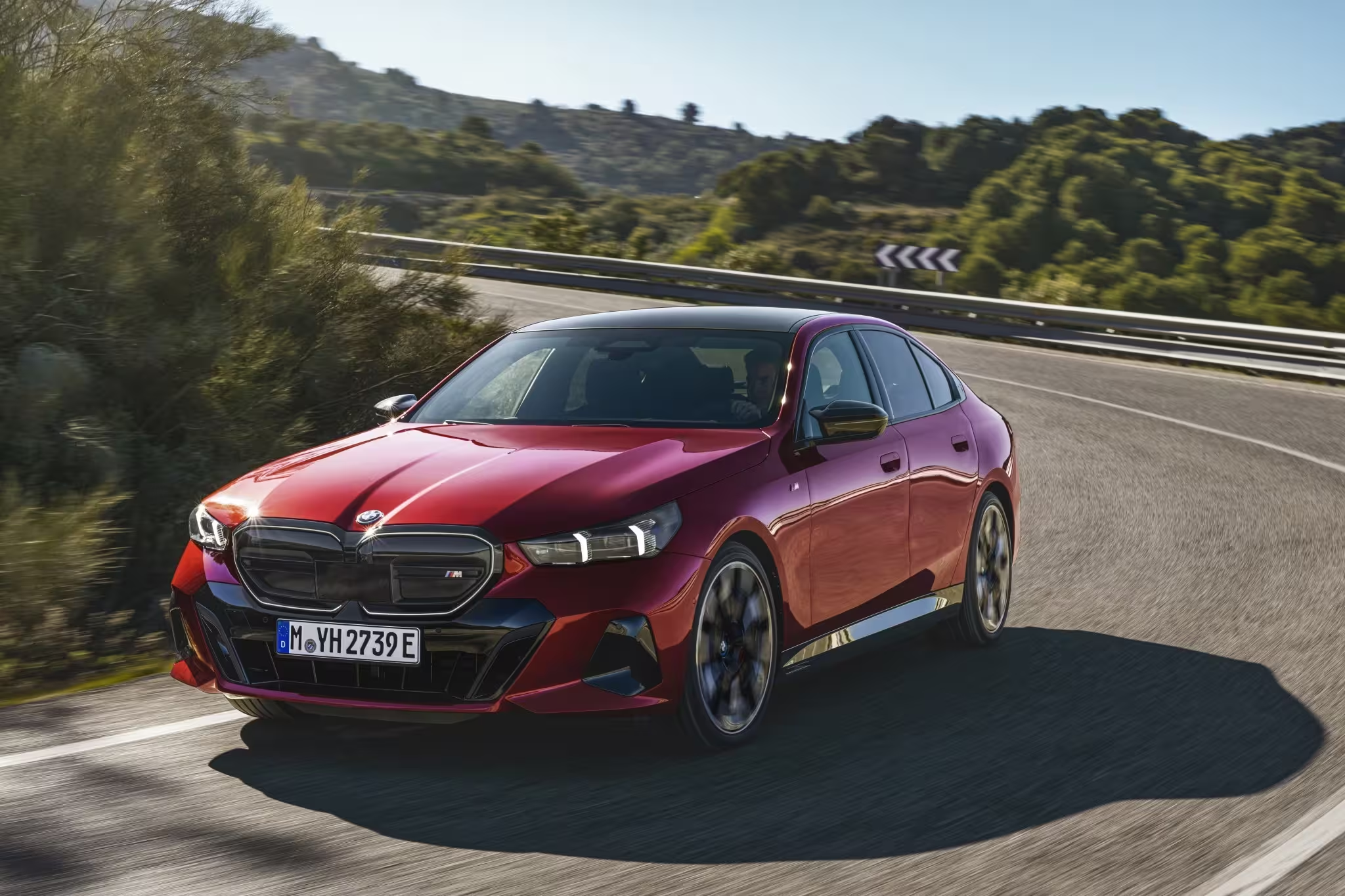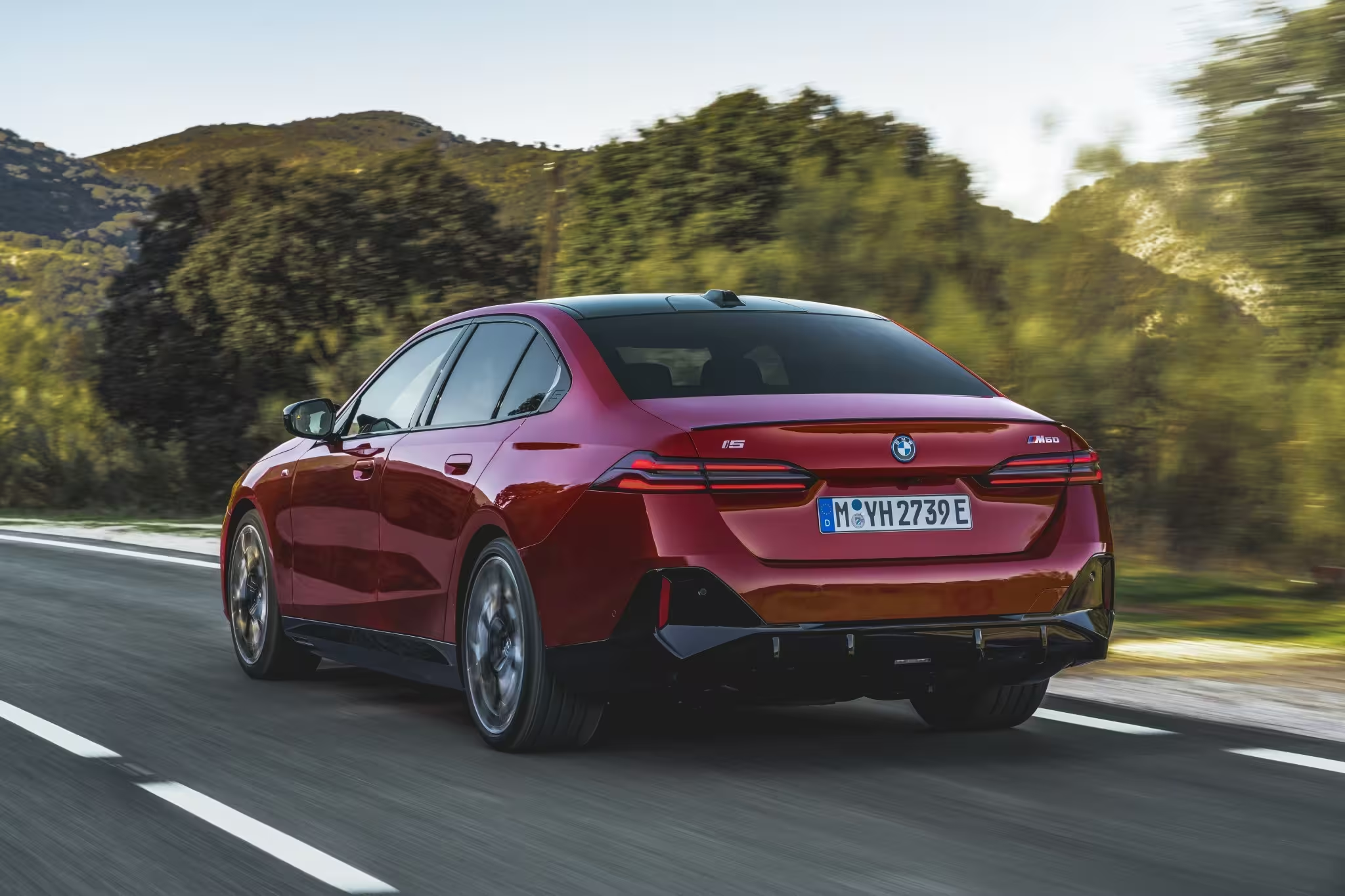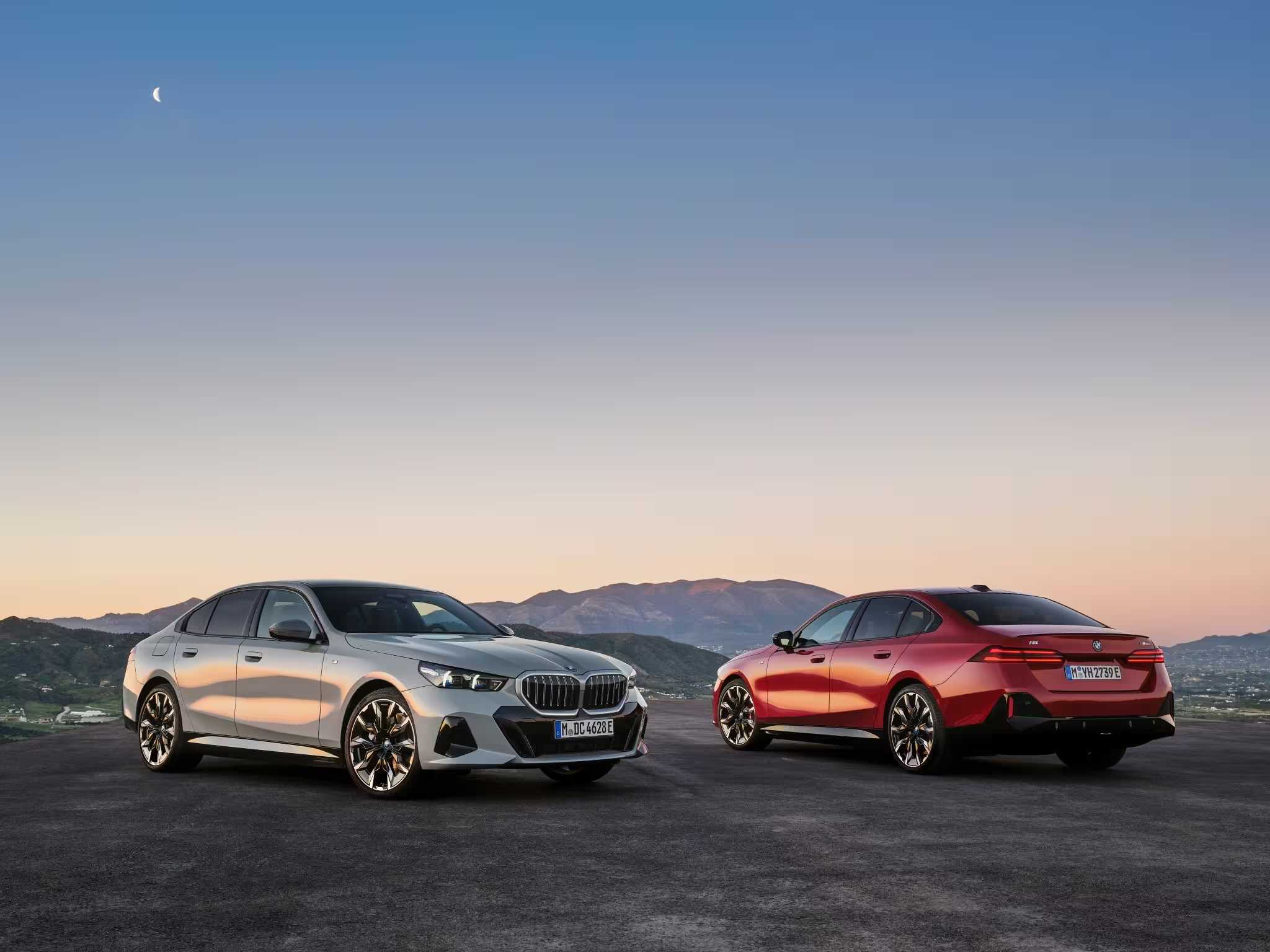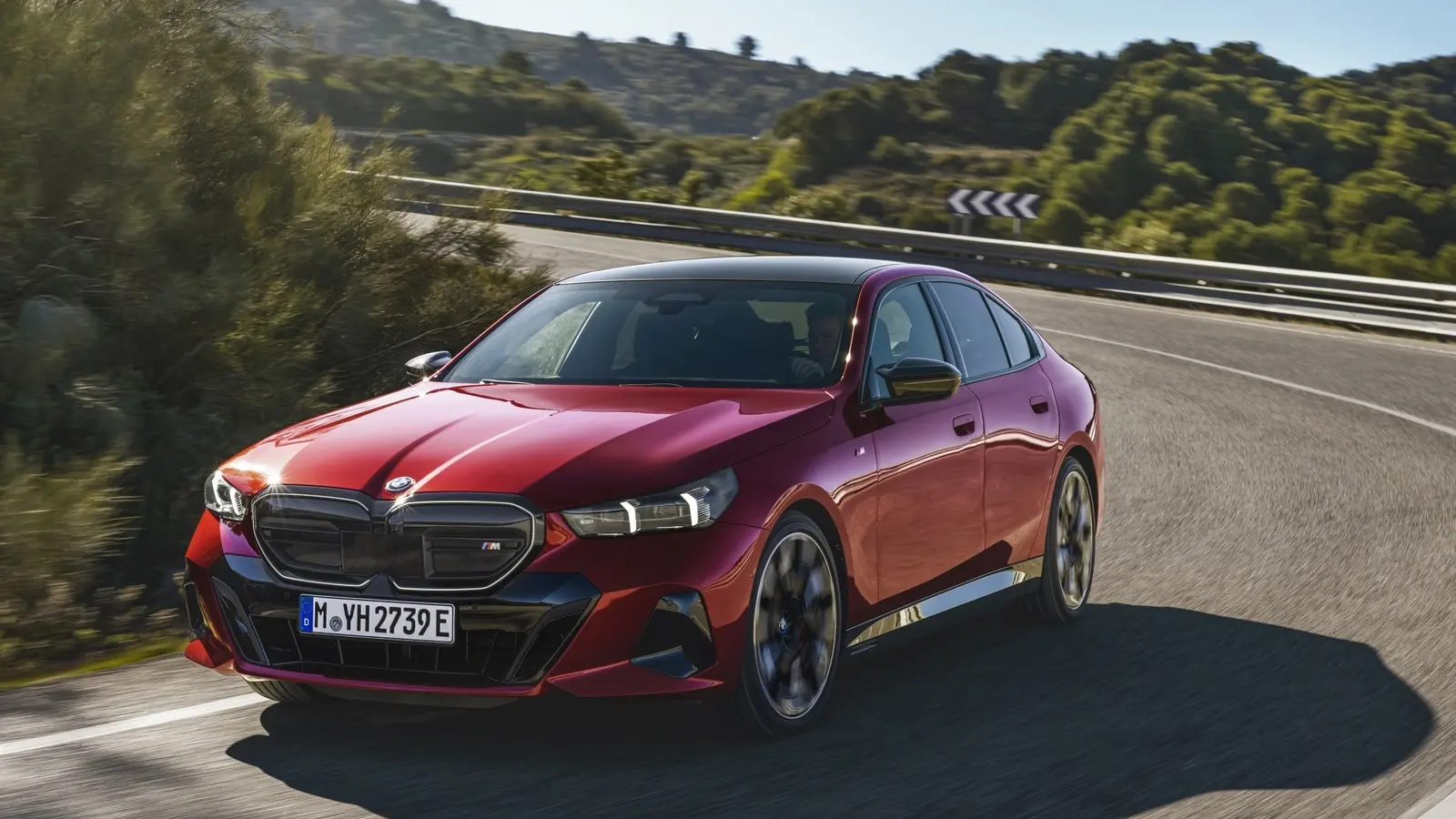5 Minutes
BMW reportedly exploring extended-range electric powertrains
BMW is reportedly considering extended-range electric vehicles (EREVs) for some of its larger, long-wheelbase models. Sources familiar with the German automaker's product planning say the company is evaluating range-extender setups as a complement to pure battery-electric cars — but only for certain body types where packaging and customer expectations make sense.
What is an EREV?
An extended-range electric vehicle is essentially a battery-electric car with an internal-combustion engine that drives a generator rather than the wheels. The engine recharges the battery on the move, extending overall range without the complexity of a full hybrid system. In markets such as China EREVs are already common; in the U.S., examples include the Jeep Grand Wagoneer EREV and the Ram 1500 REV, which use a traditional engine to feed electricity to the drive system.

Which BMW models could become EREVs?
Bloomberg reports that BMW is focusing its EREV study on vehicles with relatively long wheelbases. That makes the flagship i7 and the forthcoming iX7 the most likely candidates — the extra space helps accommodate a small range-extending engine, fuel tank, and related hardware without compromising passenger comfort. The iX5, a larger mid-size option, also fits the profile and could be adapted more easily than compact models.
BMW hasn’t confirmed any concrete plans. A company spokesperson said Munich is reviewing market potential and customer interest across different powertrain technologies, leaving open the possibility of switching from pure battery-electric to extended-range systems if demand justifies it.
Why BMW could pivot to EREVs
- In-house capability: BMW builds its own electric drive units, control modules and batteries, simplifying integration of hybridized systems.
- Engine expertise: The company still develops small displacement gasoline engines — the B48 four-cylinder is widely used across the industry — which are well suited for generator duty.
- Transmission know-how: BMW already masters a range of transmissions and reduction gears that could pair with electric motors and generators.
- Market demand: Growing Western consumer interest in range assurance could make EREVs a strategic complement to BEVs.

Technical context: engines, transmissions and EV drivetrain trends
BMW’s platform strengths help make EREVs feasible. The automaker uses ZF-supplied 8HP torque-converter automatics across many models, and a seven-speed Magna dual-clutch in some front-biased compacts. For EVs, BMW favors simplicity: the redesigned iX3 uses a fixed-ratio reduction gear.
Other manufacturers are experimenting differently — Mercedes and the Volkswagen Group sell battery-electric cars with two-speed rear transmissions to balance acceleration and high-speed efficiency. That same attention to drivetrain optimization would be necessary if BMW were to introduce generator-driven range extenders.

Global benchmarks: XPeng, Jeep and Ram
China currently leads the EREV market. As of November 2025, the XPeng X9 EREV — a large, single-motor rear-wheel-drive minivan with a 1.5-liter inline-four range extender — claims the longest combined range in China. XPeng lists peak outputs around 210 kW (282 hp) and 465 Nm, 0–100 km/h in roughly 8 seconds, and a headline combined range near 1,602 km thanks to a 60-liter fuel tank.
In North America, the Jeep Grand Wagoneer EREV and the Ram 1500 REV take a different approach. Both use a 3.6-liter Pentastar V6 as a generator engine, pair it with dual-motor electric drives and large battery packs (around 92 kWh in the Ram), and boast combined ranges pushing several hundred miles — the Ram claims up to about 690 miles in combined operation under its testing metrics.

Market outlook
If BMW moves forward with EREVs, the decision would be strategic rather than technical: the company already has the engineering building blocks. The real question is customer acceptance in Europe and North America where pure battery-electric vehicles are strongly promoted. EREVs could appeal to buyers who want EV driving feel but also crave range certainty on long trips or in regions with limited charging infrastructure.
Quote highlight: "We are reviewing market potential and customer interest for a range of powertrain technologies," a BMW spokesperson said, underscoring that any transition would be measured and market-led.

Whether BMW ultimately offers extended-range variants of the i7, iX7 or iX5, the discussions show how automakers are broadening powertrain portfolios to match diverse customer needs and regional market realities. For car enthusiasts, that may mean more technical variety — and, for buyers, more choices between pure BEVs and engineered range-assured alternatives.
Source: autoevolution
Comments
mechbyte
wow didnt expect this. EREVs in big 7-series? clever move if done right, more range less charging stress. But hope they dont ruin handling or add tons of weight, pls no
v8rider
Is this even true? BMW putting a gas generator in an i7/iX7 sounds clever for range, but kinda odd for a 'luxury EV'... customer reaction will be wild, or meh?


Leave a Comment